During June of 2023 Jane and I took a trip to a spot which we have wanted to visit for a long time – Kubu (or Lekhubu) Island in the great Makgadigadi Pans of Botswana.
The Makgadikgadi Pans are a collection of salt pans in northern Botswana, together making up one of the largest salt pan complexes in the world, covering approximately 16,000 square kilometres. These enormous pans are the remnants of Lake Makgadikgadi which, around 2 million years ago, covered an area of at least 80,000 square kilometres to a depth of up to 30 metres before slowly evaporating, drying out some 10,000 years ago to leave the present flat pans and the intervening desert.
One of the larger of the Makgadikgadi Pans is the Sua (also spelled Sowa) Pan, in the south-western part of which Kubu Island is located. The island is a national monument, and is a sacred site to the local indigenous people.
Tools and other artifacts found on the island are evidence that the area was inhabited in ancient times and some experts consider that remnants of stone buildings show that Kubu Island was the south-western boundary of the Kingdom of Great Zimbabwe.
We approached the rather remote Kubu Island from the Francistown – Orapa tarred road, branching off and taking the smaller road through the village of Mmatshume. After Mmatshume the road became very sandy, and we reduced our tyre pressure to make the going easier.
The tracks showed much evidence of the treacherous muddy conditions that were faced during the rainy season, giving the appearance of insanely difficult conditions. In June, though, the going was relatively easy, with four-wheel drive engaged on only a few occasions when the sand was particularly soft and deep. Navigation presented some difficulty as the road kept splitting without any indication as to which branch to take. Generally, though, the tracks re-joined after a short distance. Once the road moved onto the Sua Pan the surface was hard and, of course, very flat. The approximately 42 kilometres from Mmatshume to Kubu took about ninety minutes.
Kubu Island is indeed an amazing sight! A dry granite island in the flat vastness of the salt pan, which Jeremy Clarkson on the Botswana Special episode of Top Gear, described as “just about the most astonishing place I’ve ever been”. Dotted with dozens of spectacular baobab trees, some of which are believed to be up to 4,000 years old, it sits against a backdrop of intense blue skies and blindingly white salt flats. It is a place of almost absolute silence.
The campsites are all under baobab trees, and other than a few long-drop toilets are without any amenities. No water, electricity, or firewood. But positioned to take advantage of the amazing scenery.
Well worth the effort required to get there!


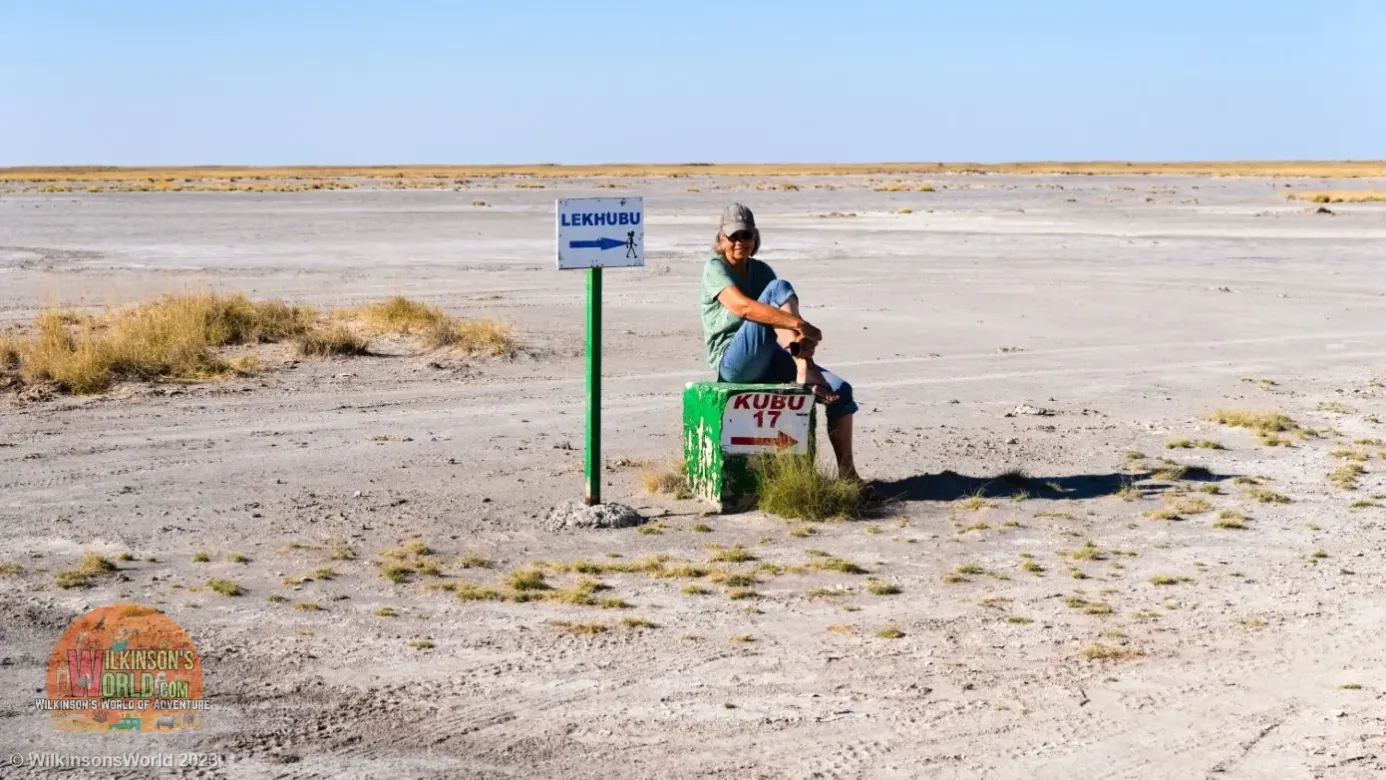
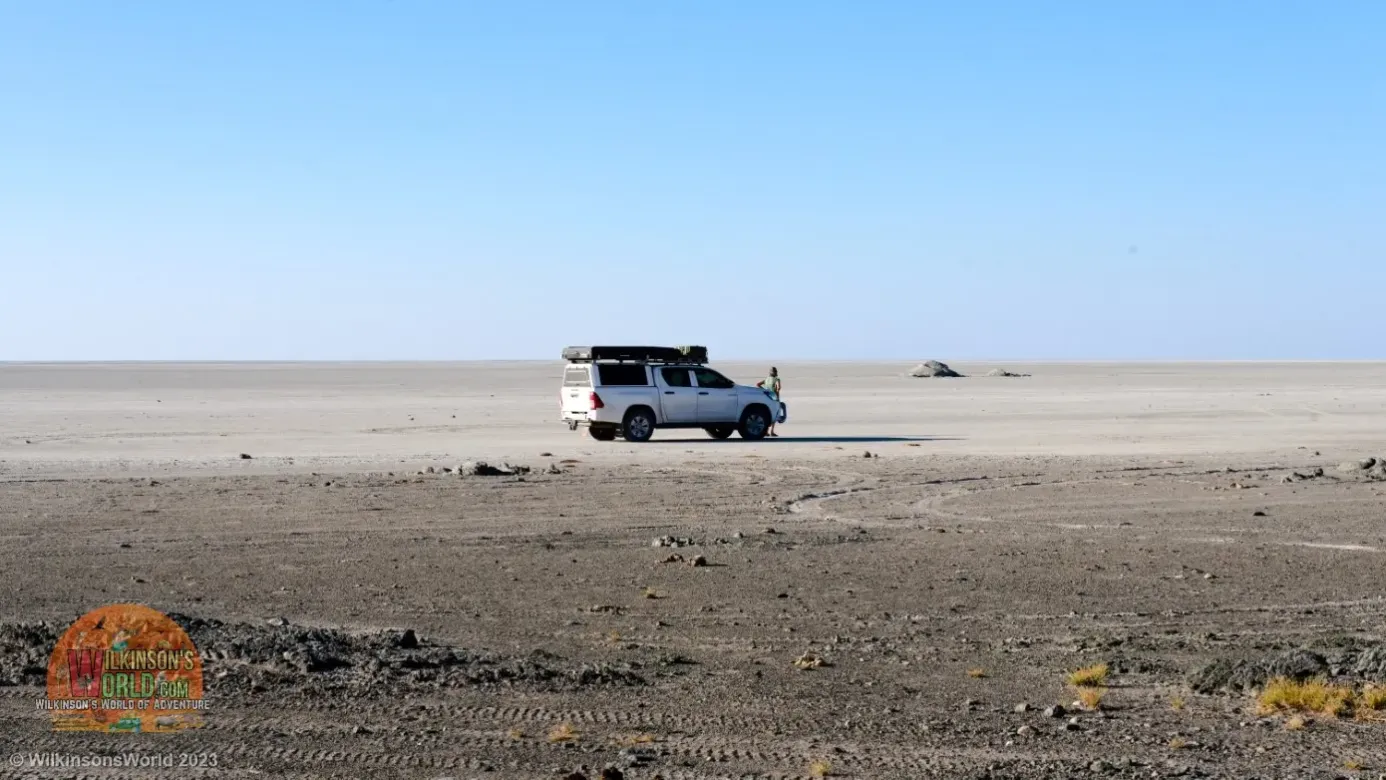
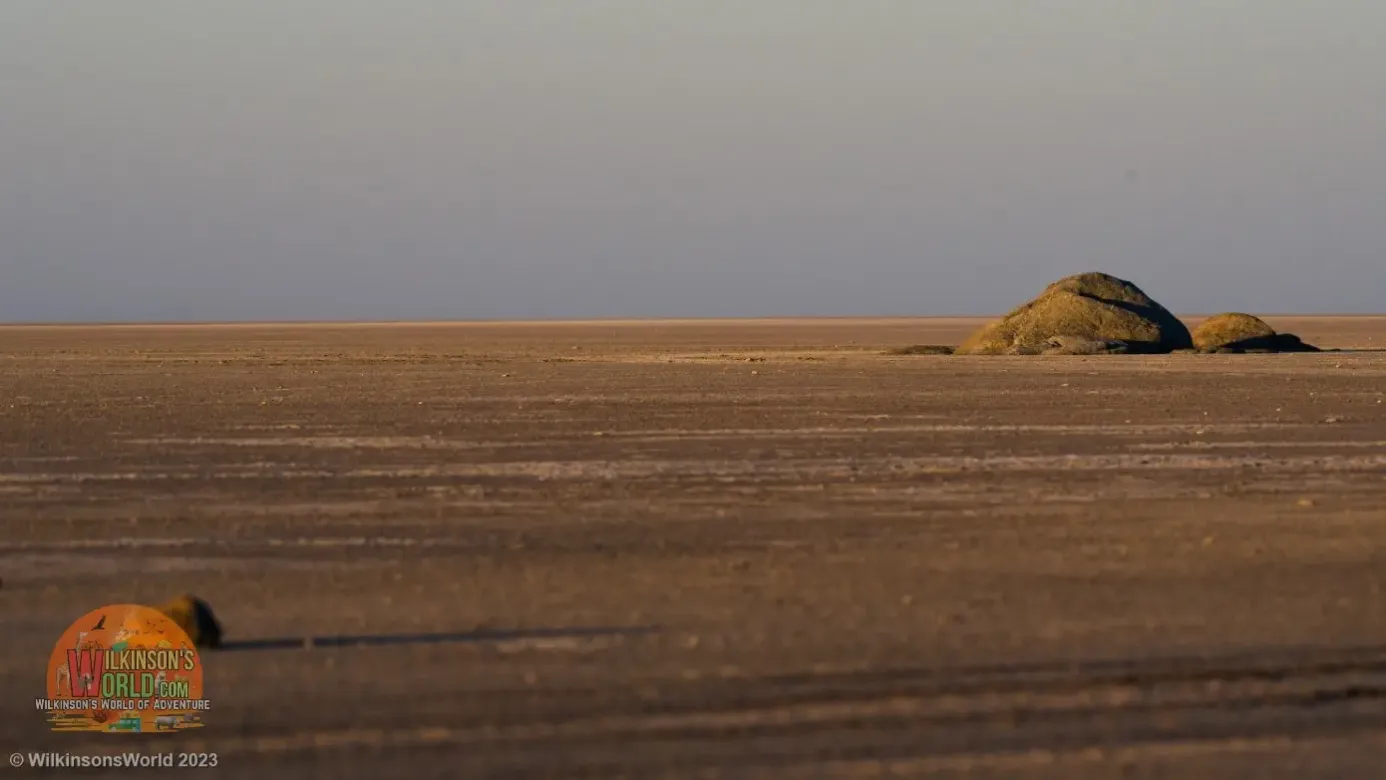
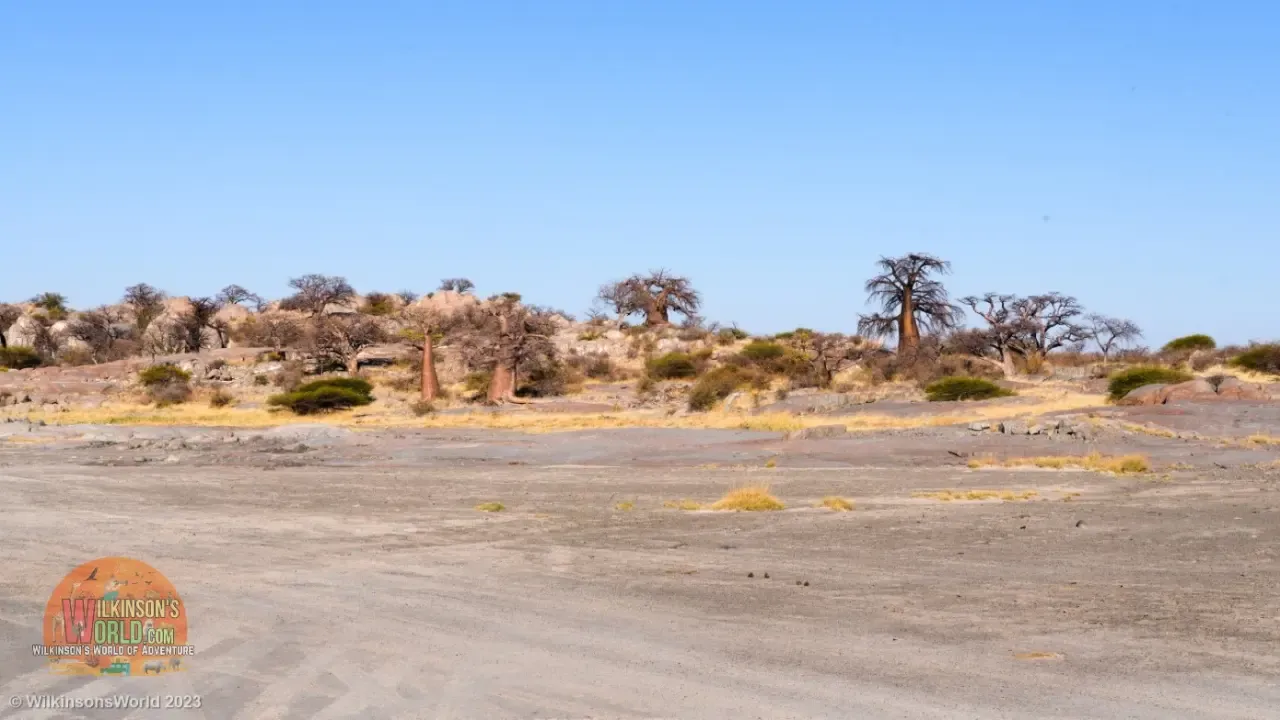
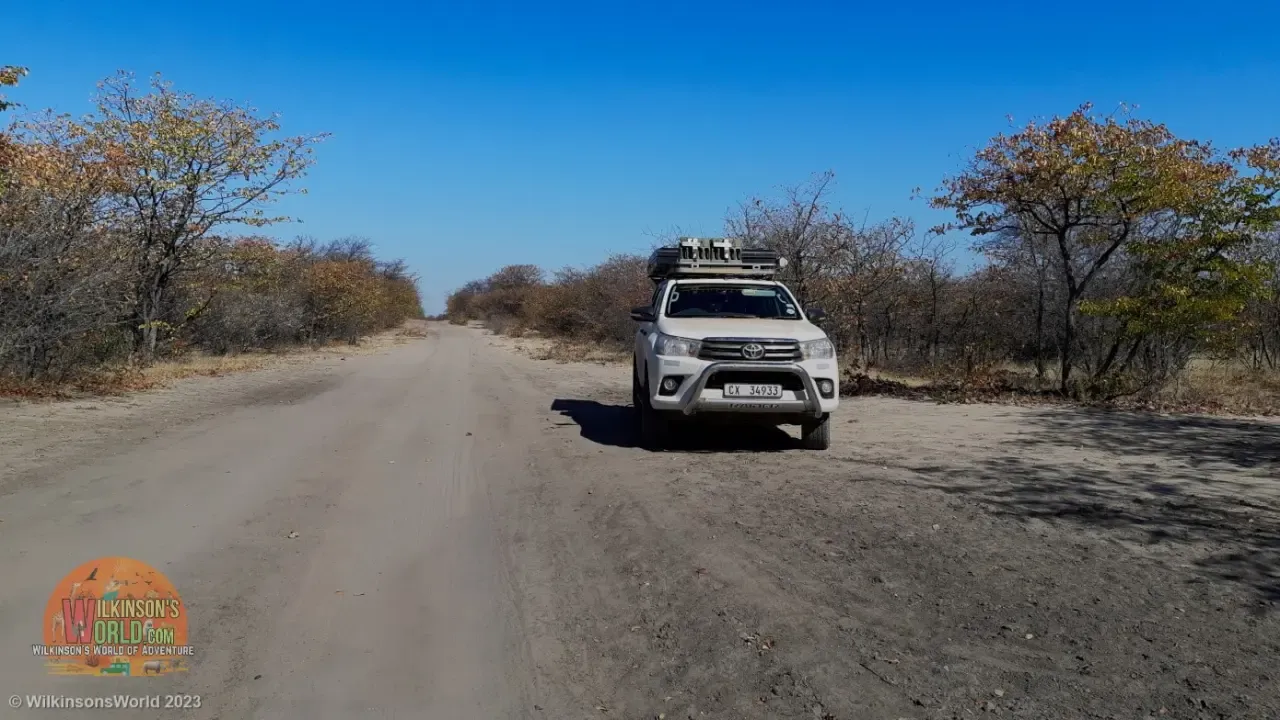
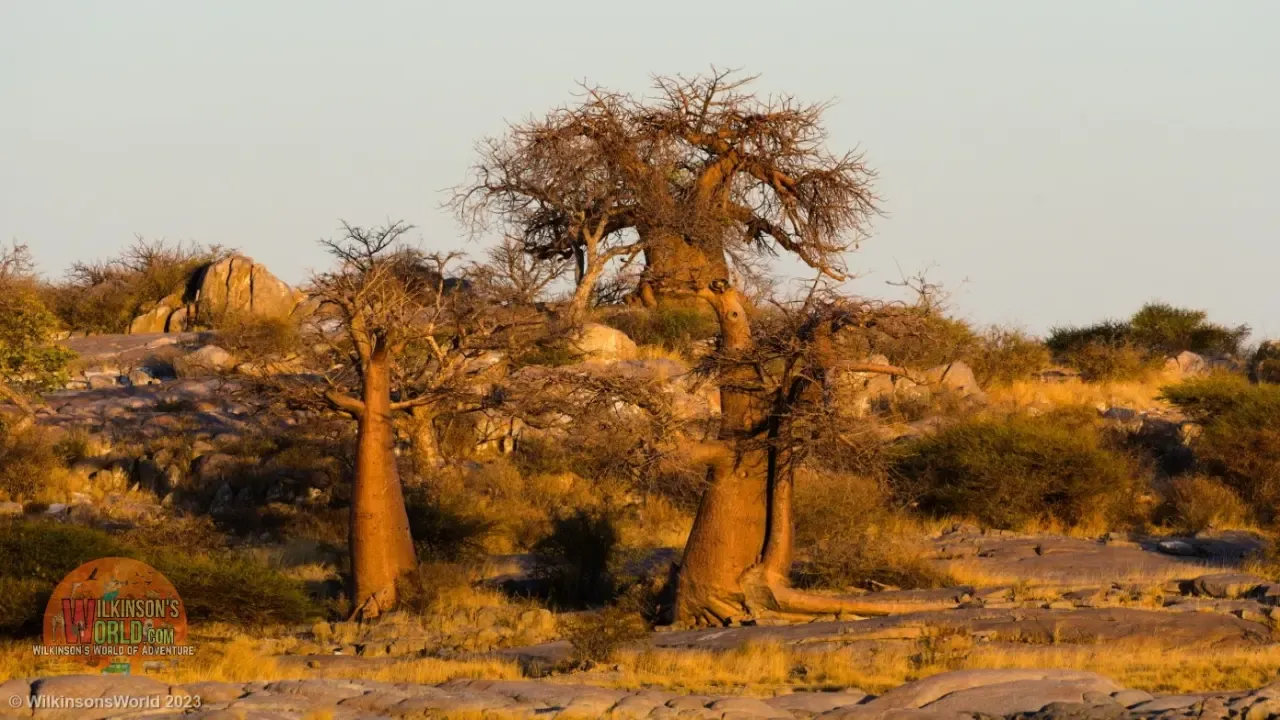
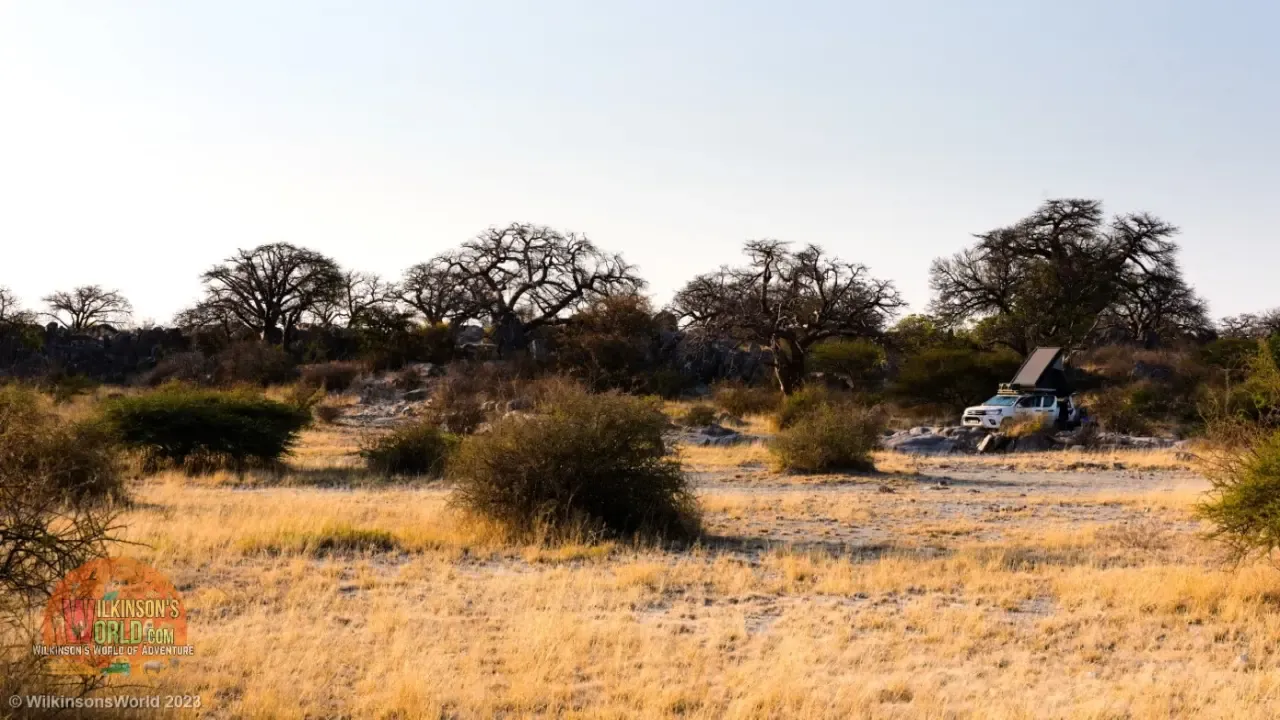
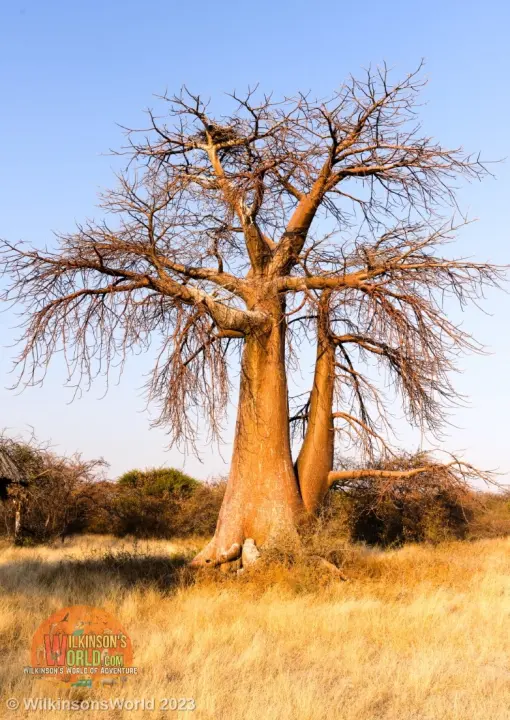
Recent Comments